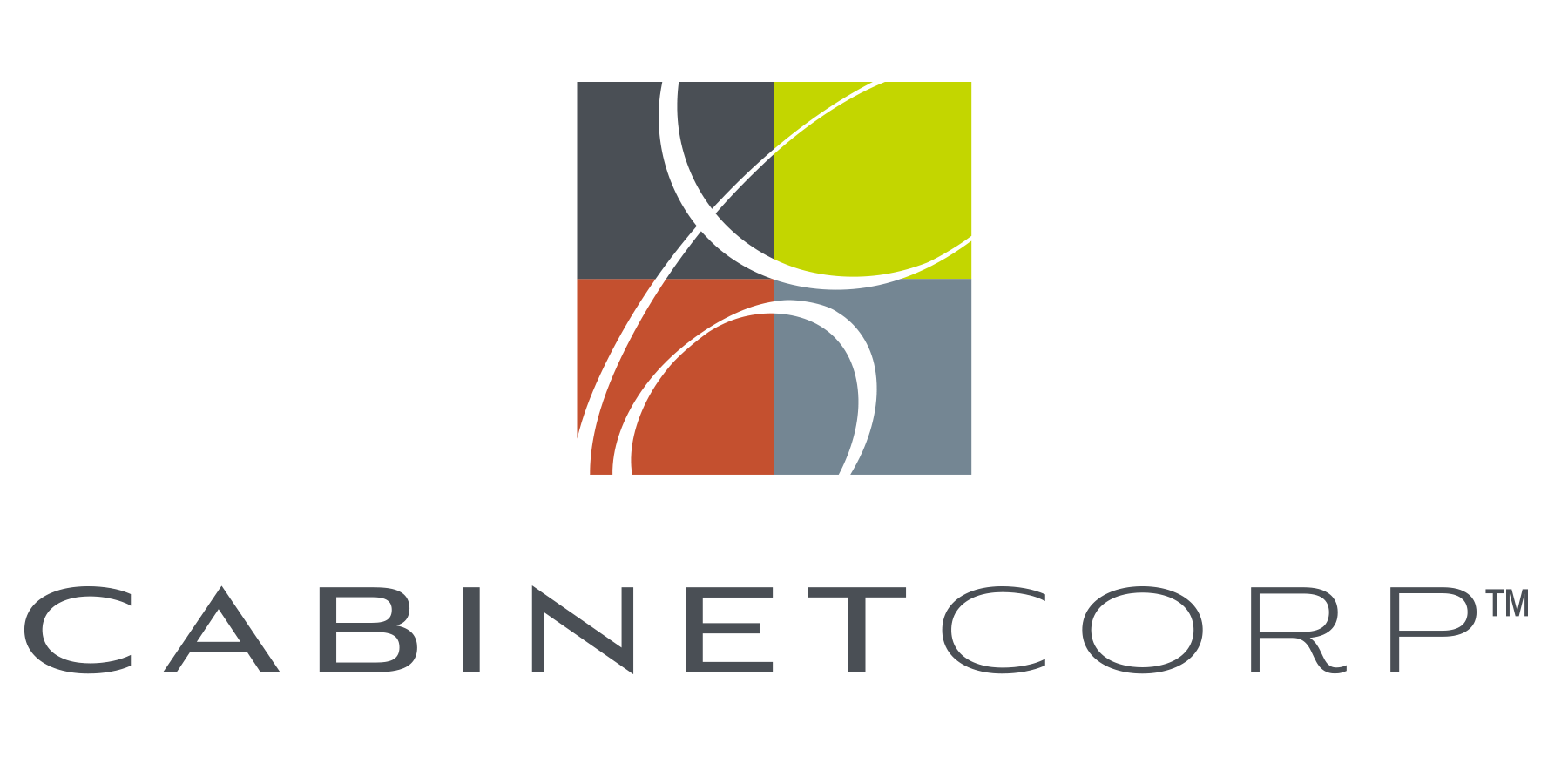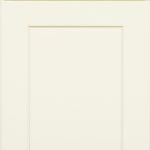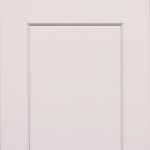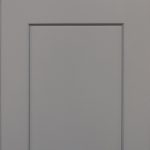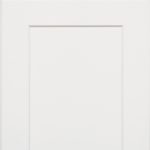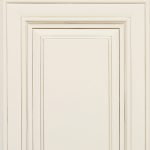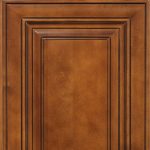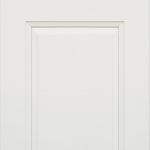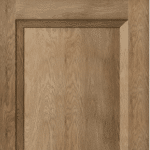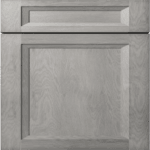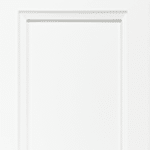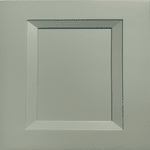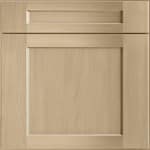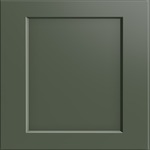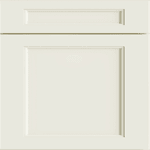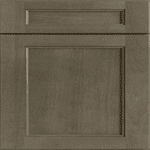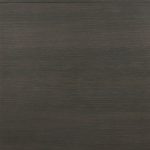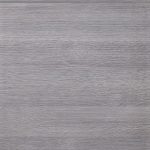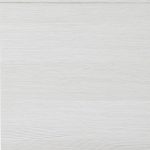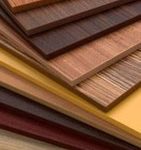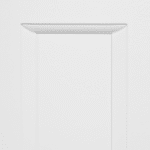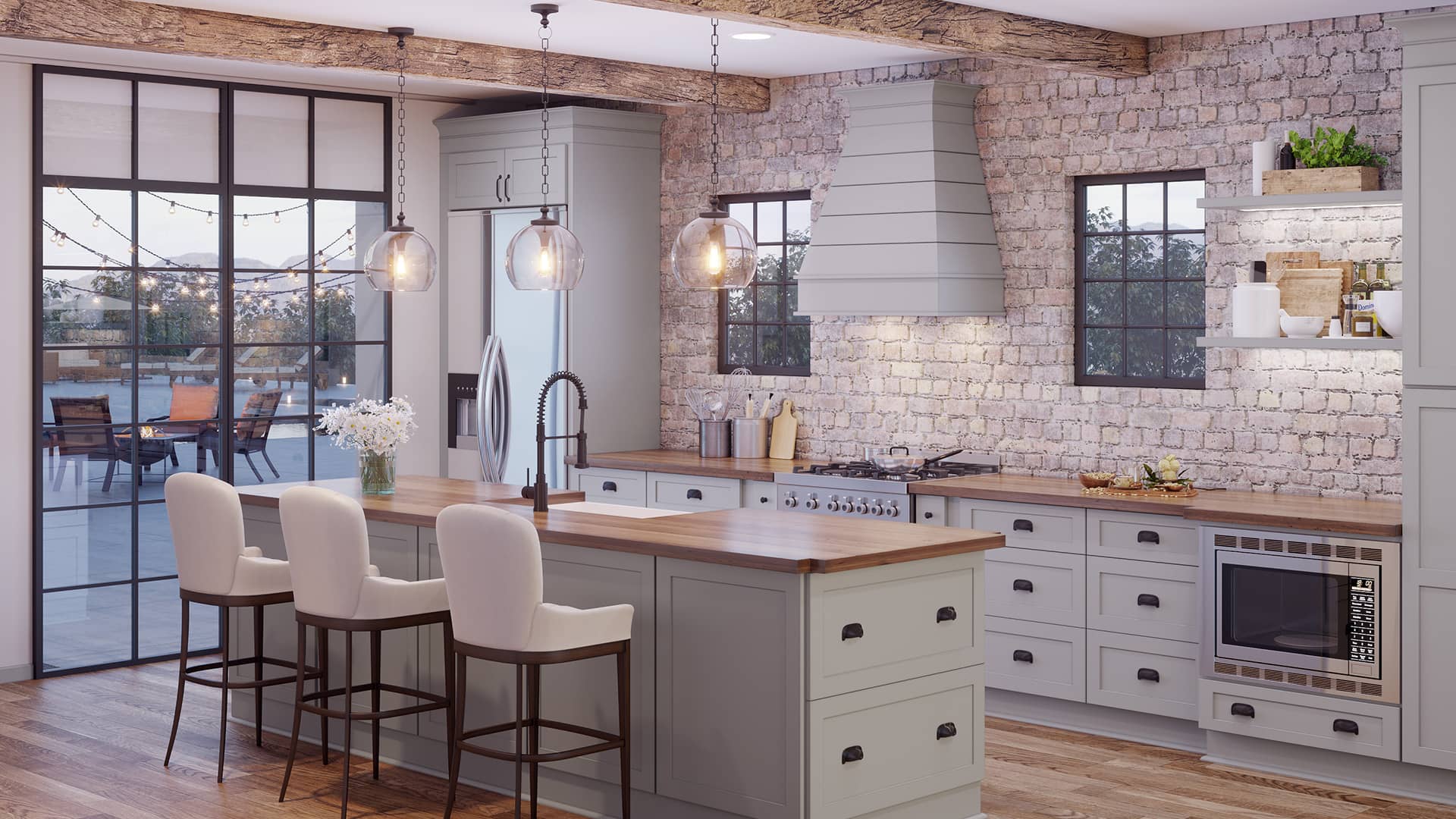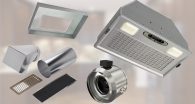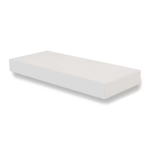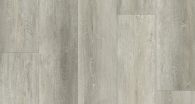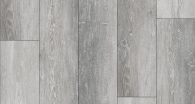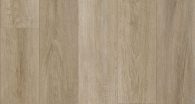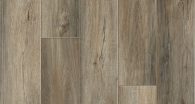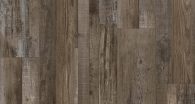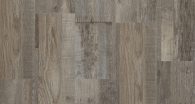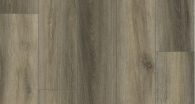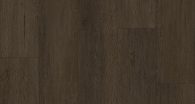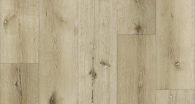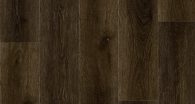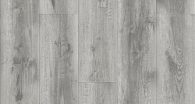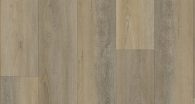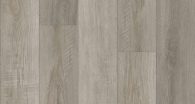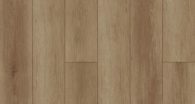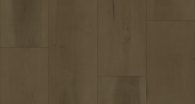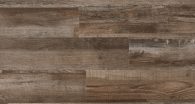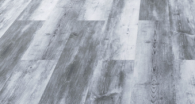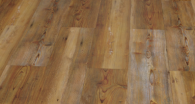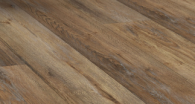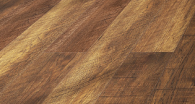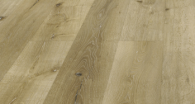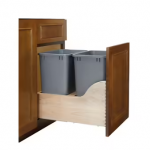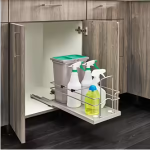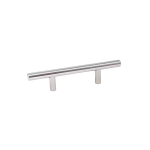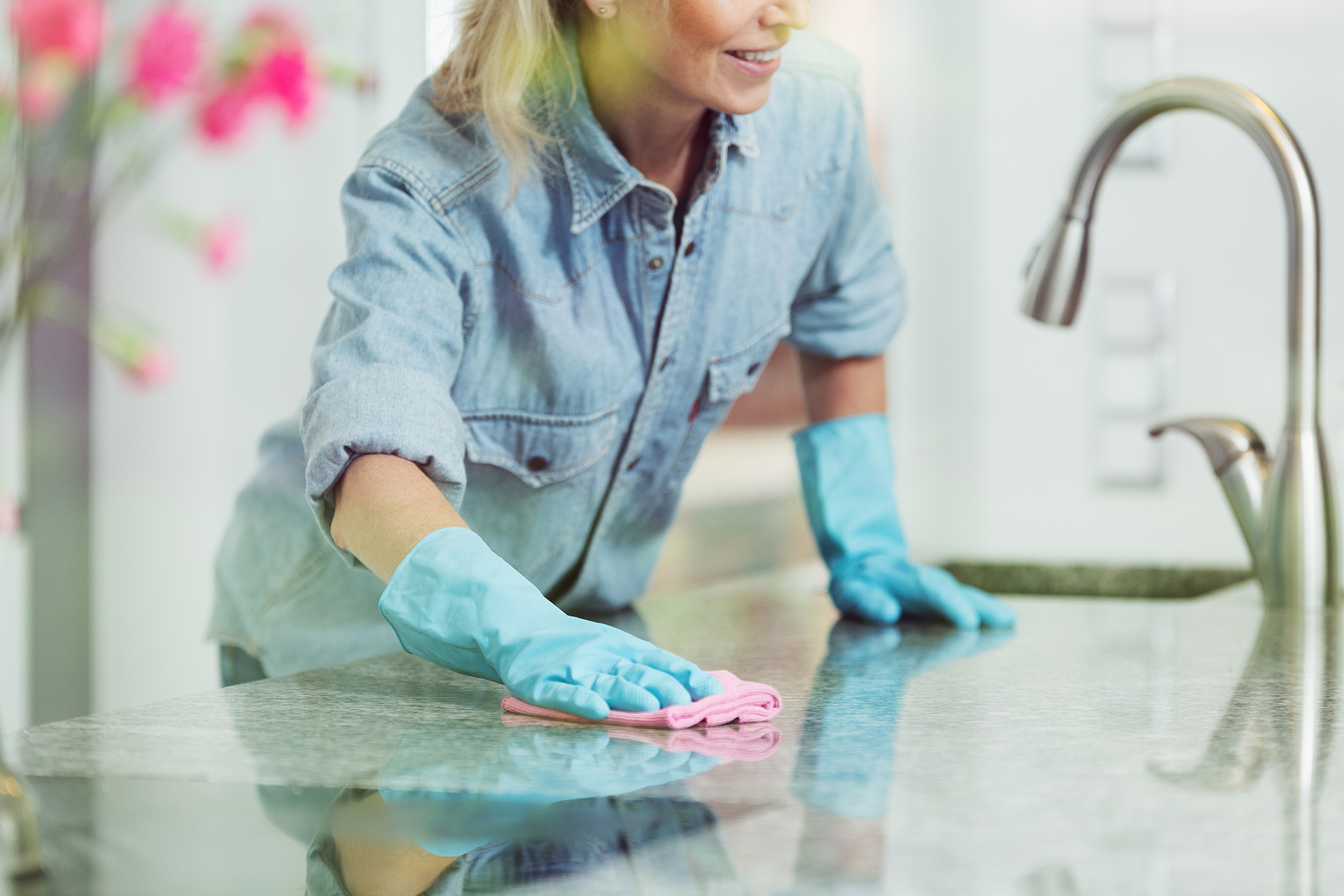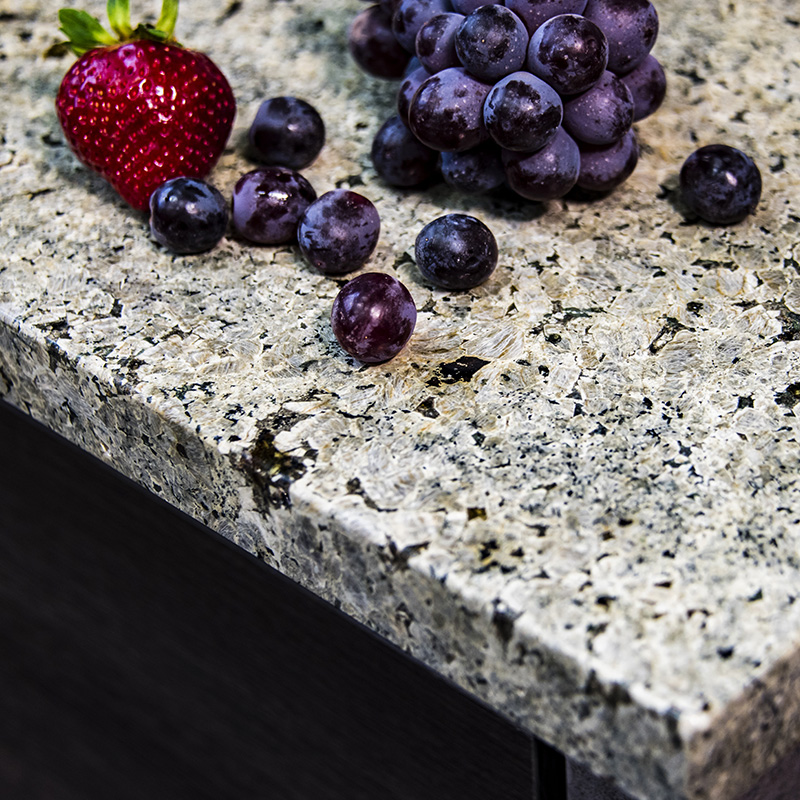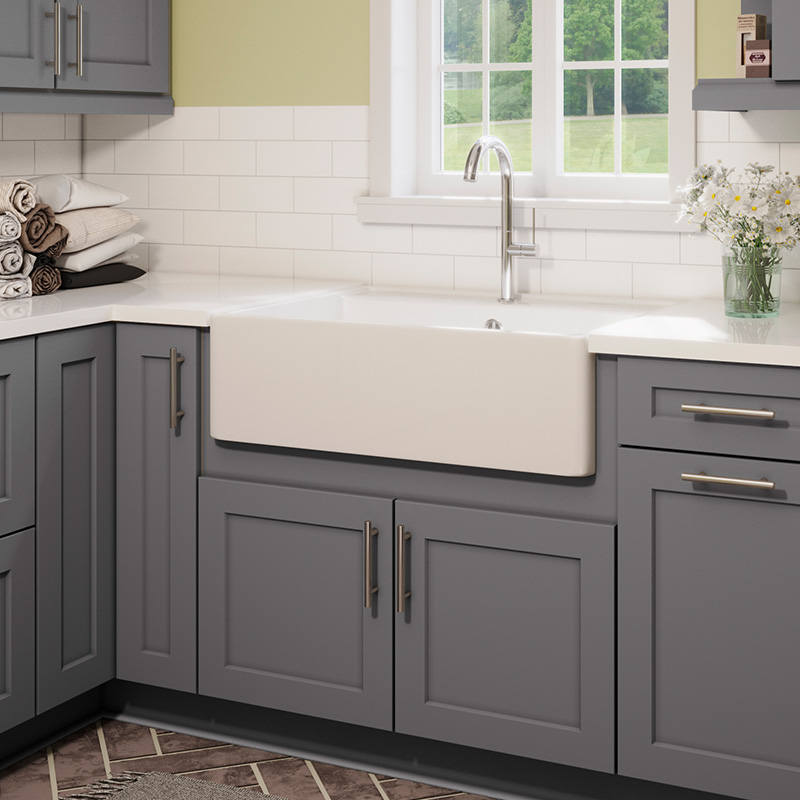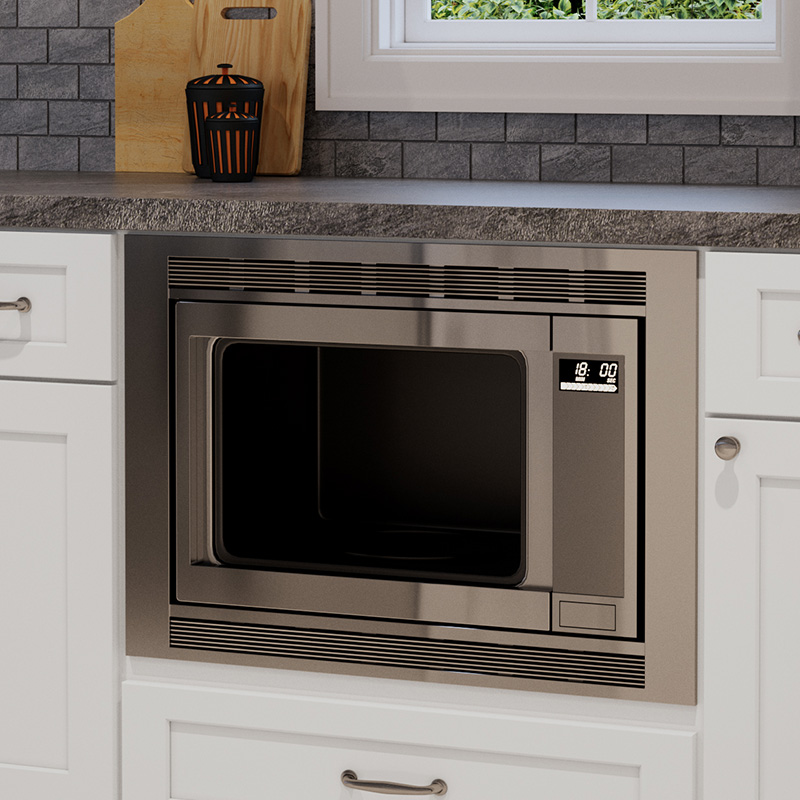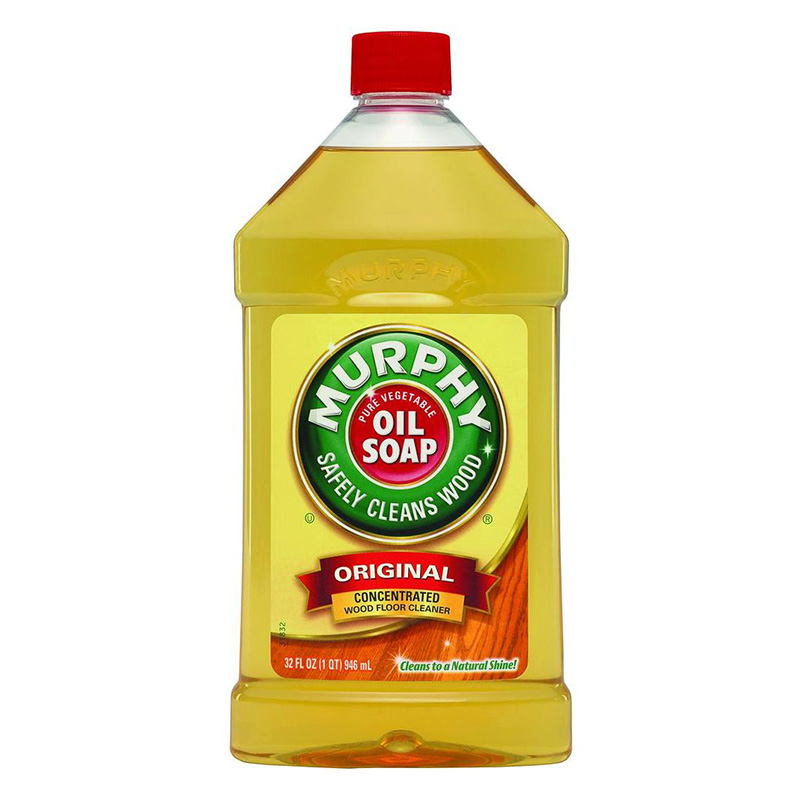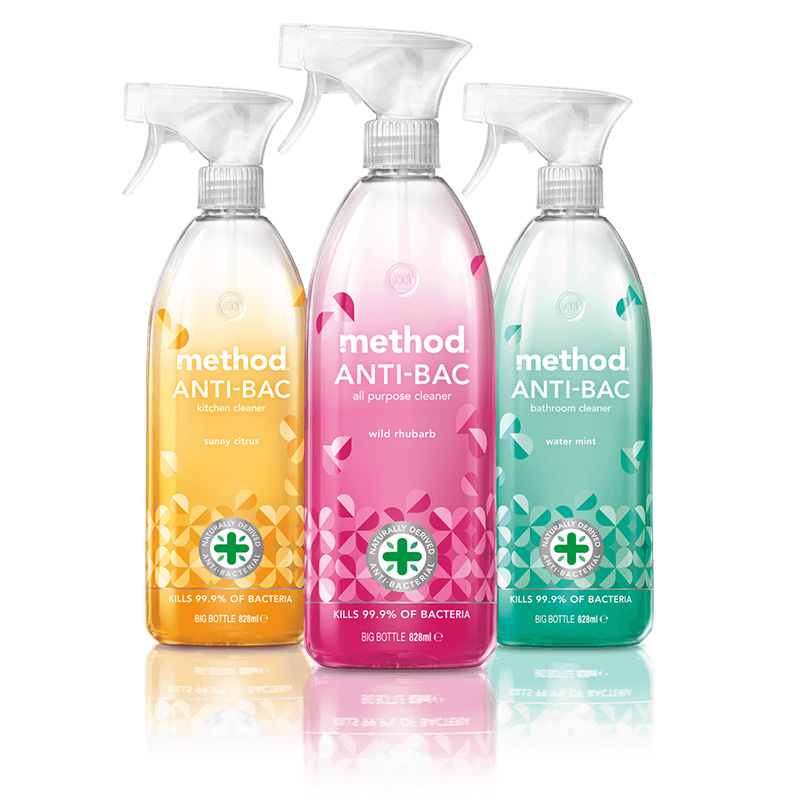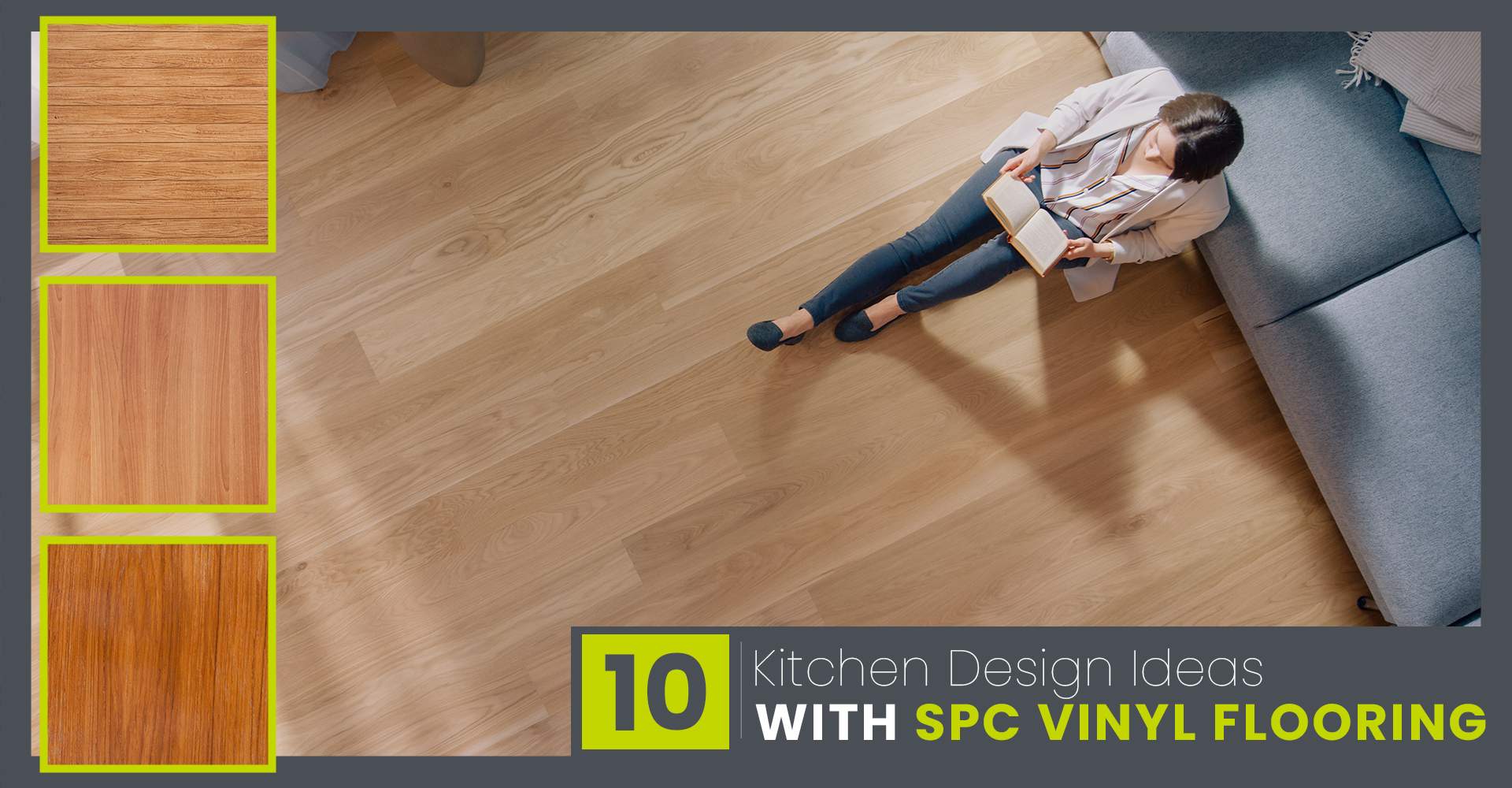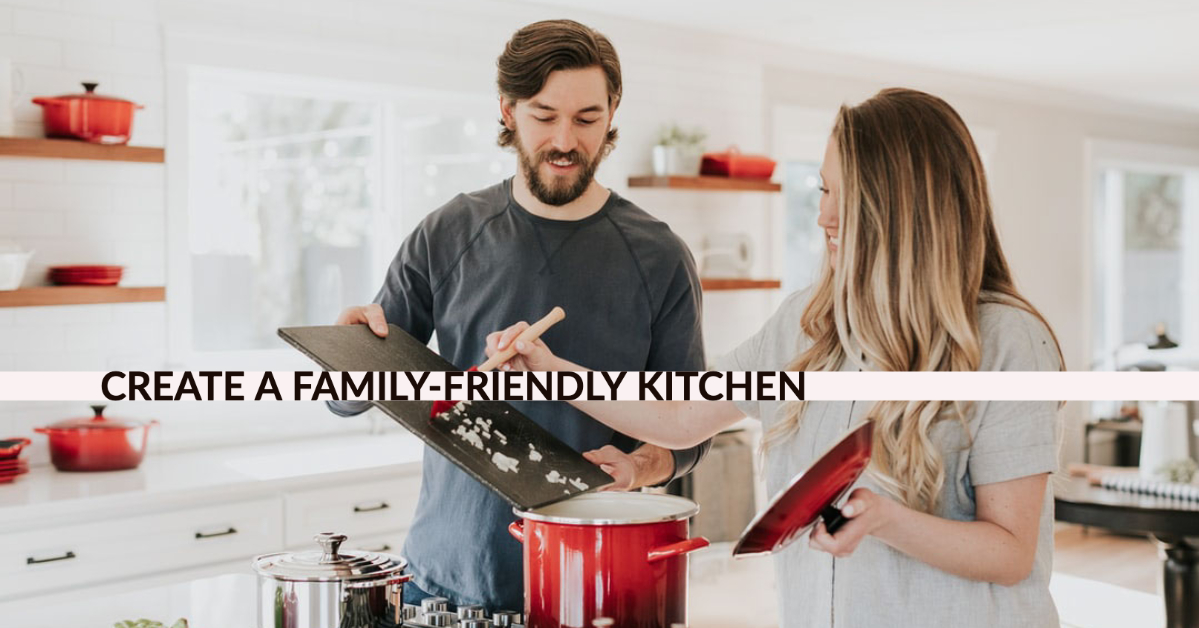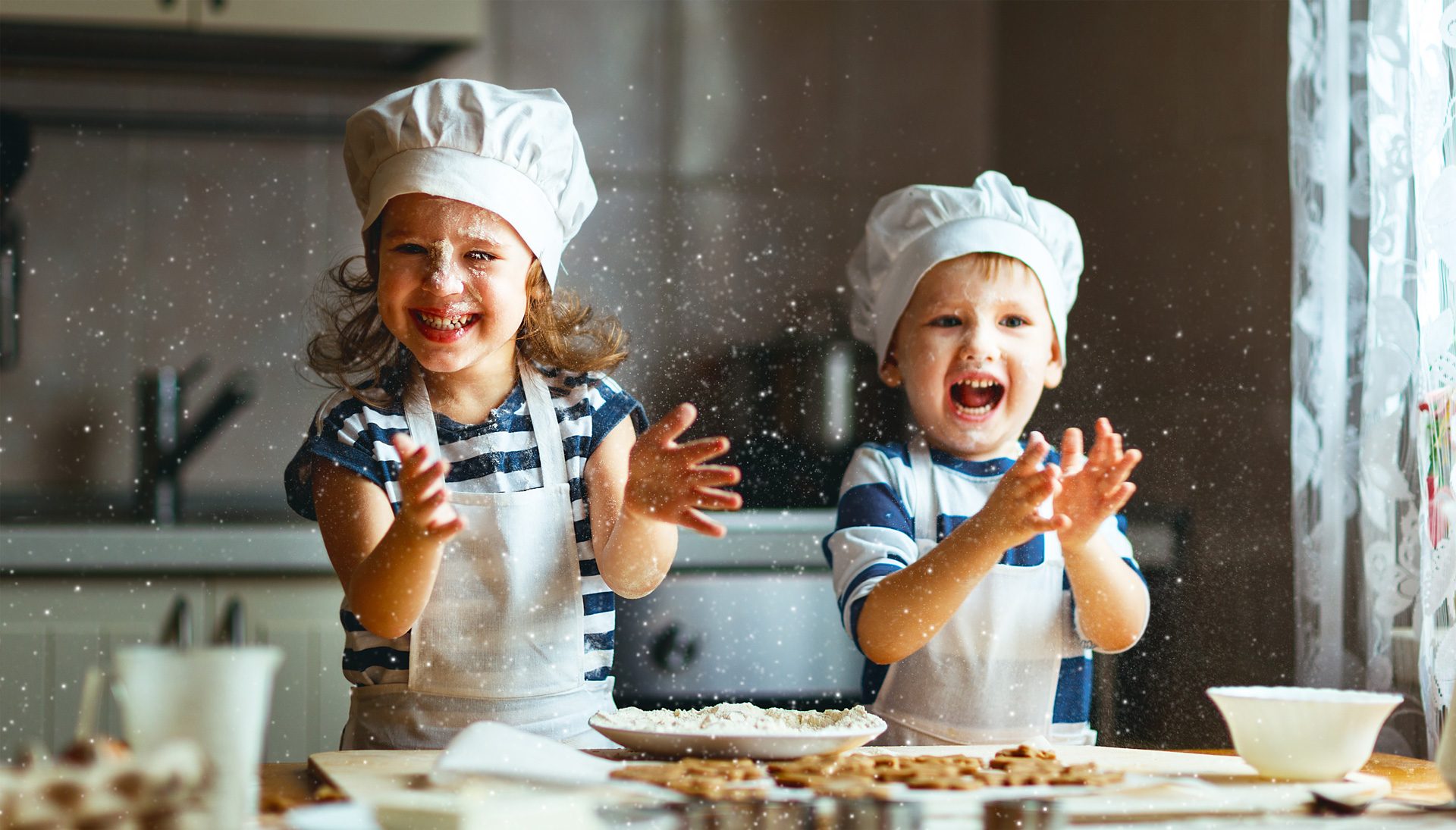The spring flowers are pushing their way up through the earth, and you find your thoughts turning to spring cleaning. Much like Mole from The Wind in the Willows, say goodbye to the long winter and cold days during which we seek warmth. As we finally begin to defrost we can consider giving our kitchen a truly thorough clean. You and your beautiful kitchen can then head into the long days of summer together, entertaining and cooking. Quite frankly in summer, you are unlikely to have the time to do a truly deep clean. Besides, is there anything more satisfying than the sight of a kitchen sparkling in all that natural light in summer?
Getting your kitchen clean can be easier said than done, especially if you are a keen cook. The kitchen can see tough stains and grease building up throughout. At the same time, you don’t want to damage the surfaces when cleaning them. Read on to discover some special tips and advice on spring cleaning your kitchen. So you can get organized and have a fresh start this spring.
Why do We Spring Clean?
Is it a coincidence we have the routine of doing a deep clean throughout the house in the spring? Of course not. Spring is the perfect time to tackle your kitchen and give the room a thorough working over. In the summer, most of us want to be outside, enjoying the long days, cooking and entertaining. So, summer is not such a great time to approach the job. Winter is too cold and a time to be close to the fire, snuggle on the couch, and catch up on some TV. Spring is the perfect time to clean, when the days gradually get warmer and drier, but it’s still not the perfect time to spend all your time outdoors.
Areas for a Cleaning Attack:
As a part of our regular (daily and weekly) routine, most of us do clean our kitchens. Yet, there are areas which can do with extra attention once a year, to reduce the build-up of grease and dirt. The three main areas you should focus on are the countertops, cabinets, and appliances. Each one has their own nuances and problem areas:
Granite

People often think granite is difficult to clean. While you do need to pay some attention, really it is much easier than people make it out to be. Firstly, you need to check if your granite countertop has a good seal. Put a drop of water on the surface, and if it forms a drop your seal is fine. If it soaks into the granite, then get your granite resealed before doing anything else.
When cleaning granite, use warm soapy water with a dishcloth, then dry the surface with a microfiber or terry cloth. This way you can achieve a nice streak-free clean surface. To disinfect the surface, mix 50% water to 50% isopropyl alcohol to make a solution. You spray this on the surface after first cleaning with soap water. Leave the disinfectant on the granite for a few minutes. Then, clean off with water and dry with your special microfibre cloth.
Avoid using any strong chemicals, cleaners, vinegar, lemon, bleach etc on your granite countertop. These chemicals can break down the sealant.
Marble

This surface can be easily scratched and stained, but the good news is, marble is easy to clean. The best approach is to use a spray bottle with water and a gentle dish soap. Then, dry the surface with a towel. Don’t get too heavy handed with marble – it needs a gentle touch.
Avoid using vinegar and lemon juice (acidic cleaners) because these can etch into the surface. If you have a stain on your marble you can make a paste of water and baking soda. Leave the paste on the stain for 24 hours then wash away. Works every time.
Quartz

Quartz is all the rage these days and there is good reason for that. The surface of quartz is more durable than marble or granite and has no need for a sealant. This means you can clean and scrub away without having to worry about wearing off your seal.
You can easily clean the surface with a cloth and dish soap, but you can also use medium strength cleaners if you would like. For example, Dettol makes a good choice to clean your quartz with.
Laminate
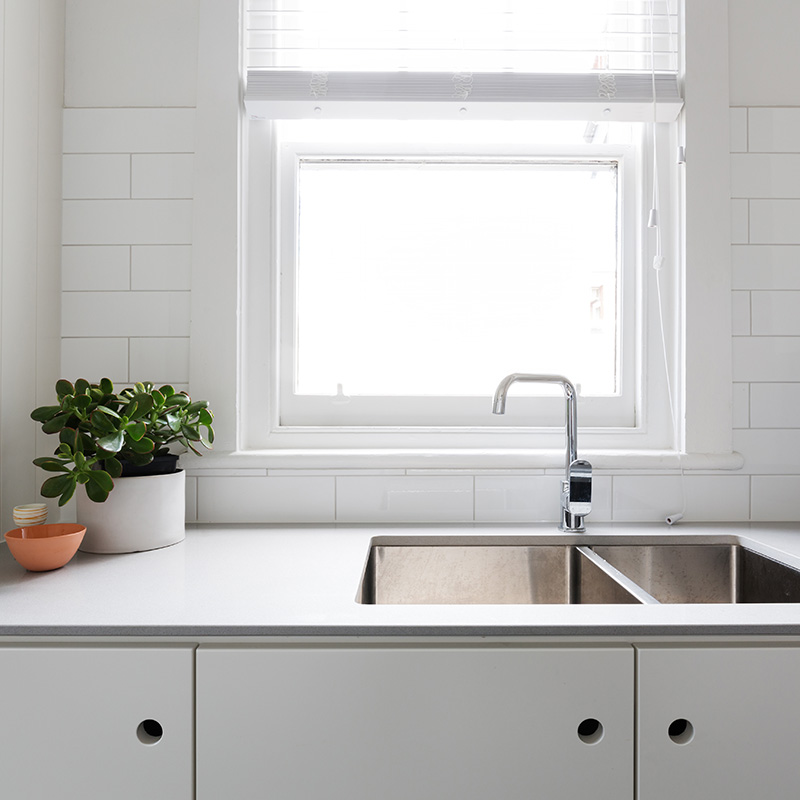
Laminate is a durable surface, although this can vary from product to product. To minimize stains make sure you clean spills quickly. During your spring clean you can use a scrubbing brush to give a thorough deep clean. You can use dish soap as well as other gentle cleaners you find on the market. However, avoid using abrasive cleaners because these can wear down the laminate surfaces.
Cabinets
These babies are arguably the biggest job of your spring clean. Cabinets are exposed to a lot of use and dirt can build up very quickly. Not least, the job is big because it involves removing everything before you can properly clean them. Tackle the kitchen cabinets in sections, and don’t try to do them all at one go, unless you have put aside plenty of time. Most cabinets consist of materials like an exposed wood surface, painted wood, or even a metal surface. You can approach each surface a little differently, and some may need more care than others.
Exposed Wood Cabinets
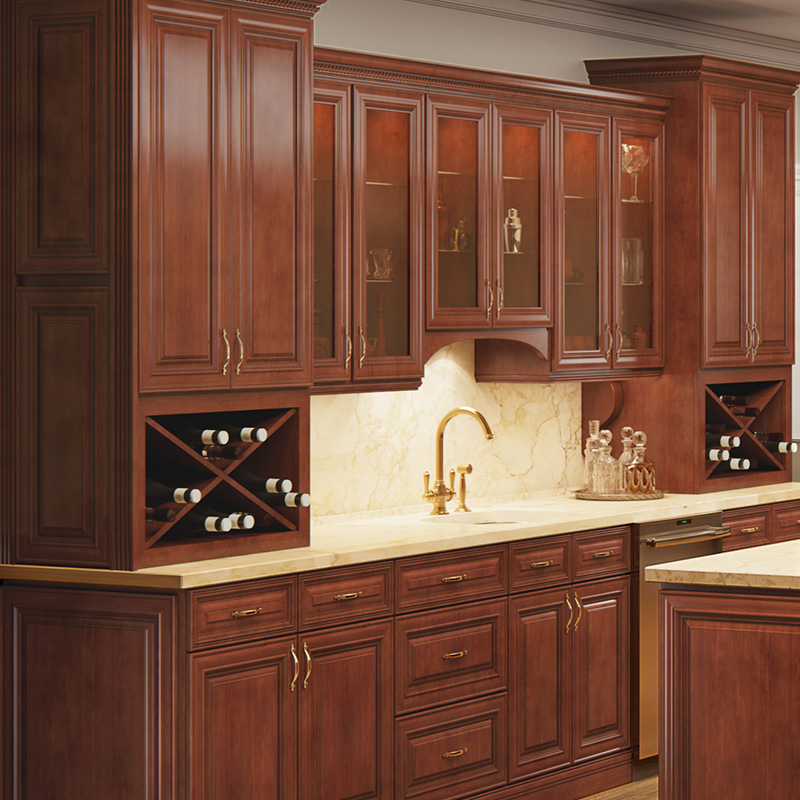
You can easily damage or scratch the surface of wooden cabinet doors so take some care. The best option is to use an oil-soap wood cleaner. Or, if you want to save the expense you could mix a solution using detergent and water (1 cup detergent to 2 cups water). Another option is to use vinegar mixed with water (50/50). For tough stains, mix a paste with baking soda and water, apply to the stain, then after leaving for a while, wipe clean.
Painted Wood Cabinets
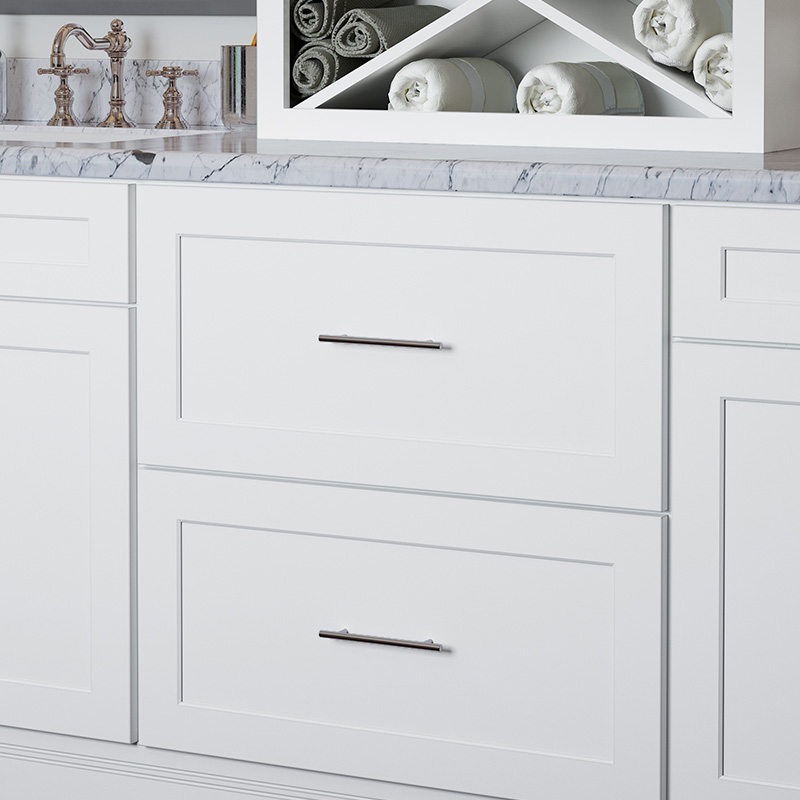
If you painted your cabinets with oil based paint, then the surface should be pretty durable. You can use any of the options mentioned for regular wood, as well as all-purpose cleaners. If the paint is water based latex, then you need to be more cautious because the paint can peel. Don’t use baking soda for this kind of paint.
Metal Cabinets
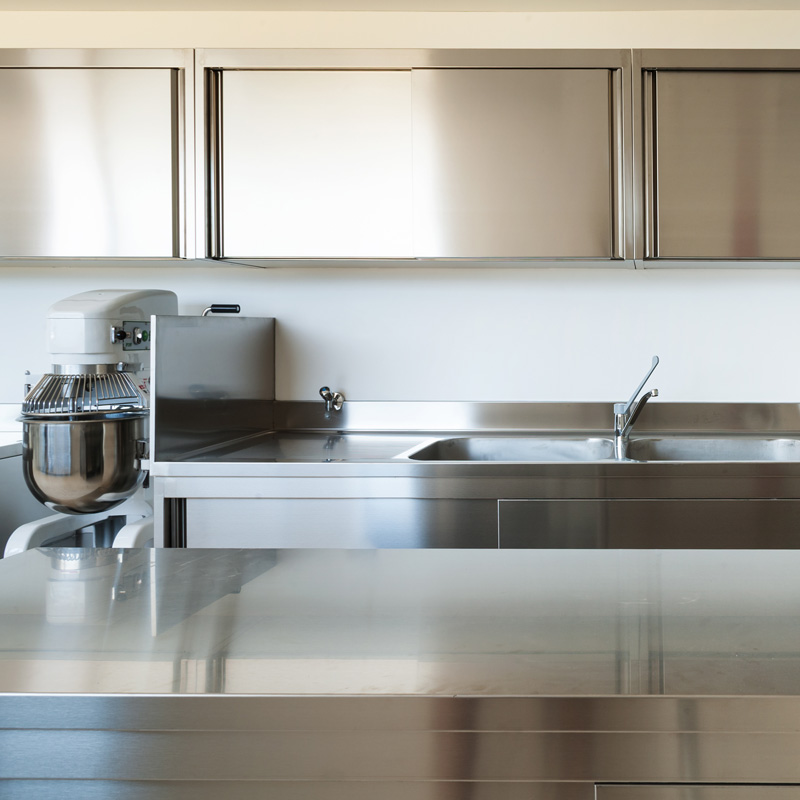
These are the easiest surface to clean. They don’t absorb stains so you can scrub hard and use stronger cleaners. However, with metal cabinets, it’s important to take care to dry them after cleaning, because they may be prone to rust.
Basic Steps For Cleaning Cabinets
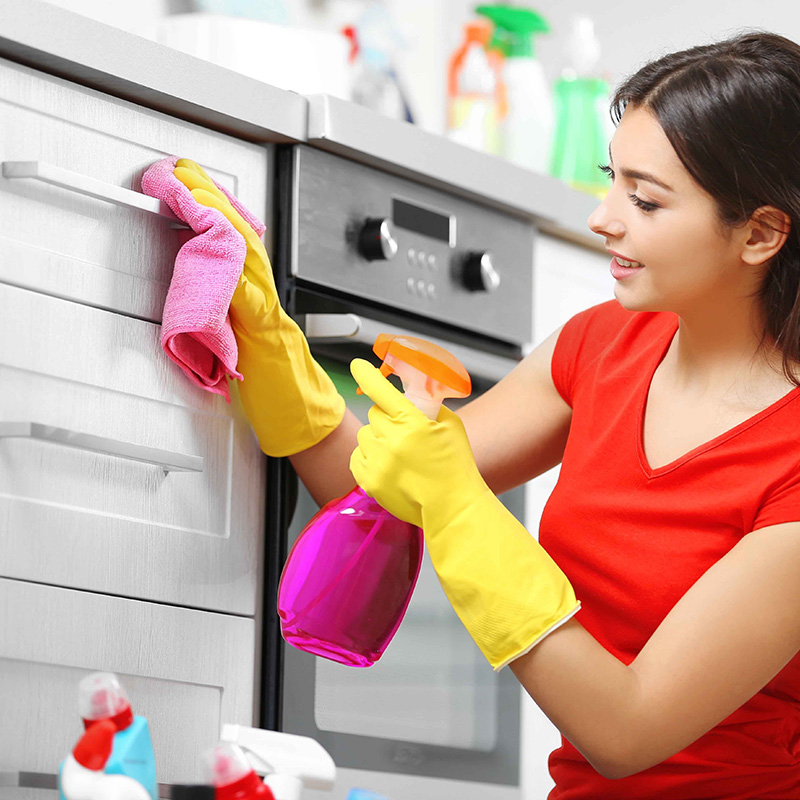
- First, remove everything you have inside the cabinet you are going to clean. Wipe the cleaner you have chosen over the cabinet surfaces, doors and drawers. Rub to help dislodge the build-up of grease.
- Then, wipe cleaner onto the handles and drawer pulls (if your cabinets have those). Don’t forget to rub! To get into the edges, corners or little nooks and crannies, use a toothbrush dipped into the cleaner.
- Next tackle the insides of the cabinets. Wipe the cleaner all around the insides, the sides, any interior shelves. Again, rub if you need to dislodge stubborn stains and use a toothbrush with cleaner to get to any difficult-to-reach corners and edges.
- Now, working with a cloth and bowl of clean water (changing regularly) rinse all the soap and dirt away. Dry the cabinets with a clean towel or microfiber cloth.
*For Stubborn Stains
If your cabinets have any particularly resistant stains you can make a paste from vinegar and salt. Use the toothbrush with the cleaner to rub the stain. Be careful not to apply too much pressure and don’t use anything abrasive like steel wool. Rinse the paste away with clean water and then dry with a clean towel or microfiber cloth. Once it’s dry, you can return all your things into the cabinet.
What Cleaners Should You Use?
You can use a homemade cleaner as mentioned above: Such as vinegar and water (50/50) or detergent with water (1 cup detergent to 2 cups water). Or you might want to invest in a shop bought cleaner.
Murphys Oil Soap
This is a well-known, established brand and you can go far with this product. Murphy’s is a an oil-soap for wooden cabinets. The product has a lovely fresh smell and leaves a really nice shiny surface. If you have painted cabinets you might want to dilute the concentrated product a little.
Method All Purpose Spray
A good all-round cleaner which you can use on most countertops as well as your cabinets. This makes a great choice if you don’t want to have a million different cleaner bottles in the kitchen. They use biodegradable ingredients as well, which is a bonus.
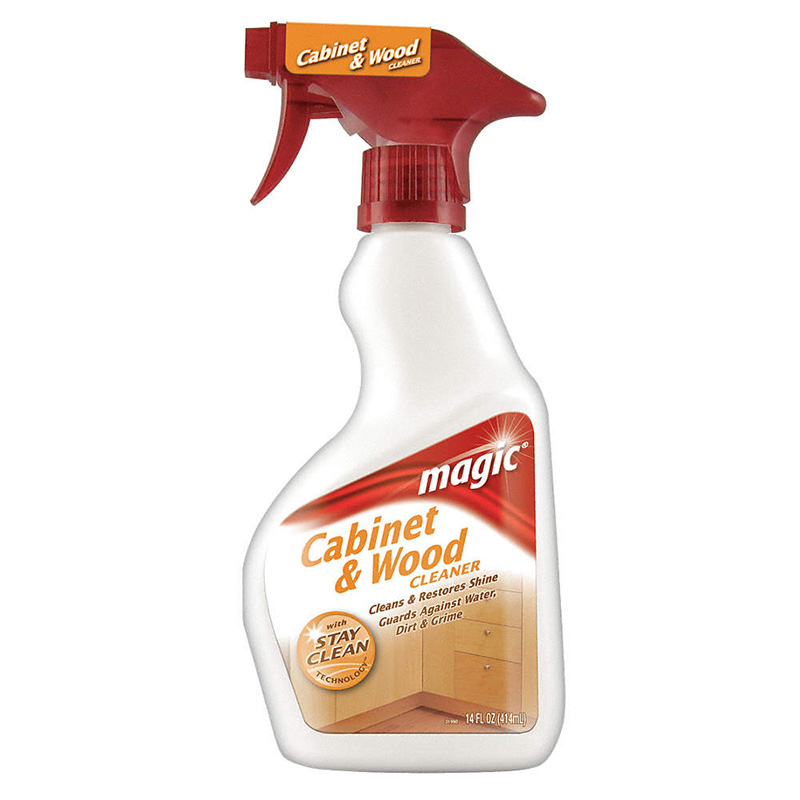
Magic Cabinet and Wood Cleaner
The main advantage of this product is you can use it on painted wood surfaces as well as unpainted wood surfaces. The cleaner is really good at getting into the nooks and crannies because it has a syrupy texture.
Spring Cleaning Appliances
Once you have got cleaning all the cabinets out of the way, then you can think about your appliances. Don’t try to do too many in one go. Give a day to each one, and then you won’t completely lose the will to live.
Get Organized!
Before you rush in, make a list of all the appliances you have and the cleaning steps for each appliance. This way you can organize your approach and be sure you won’t forget anything:
Blender/ Mixed/ Food Processor
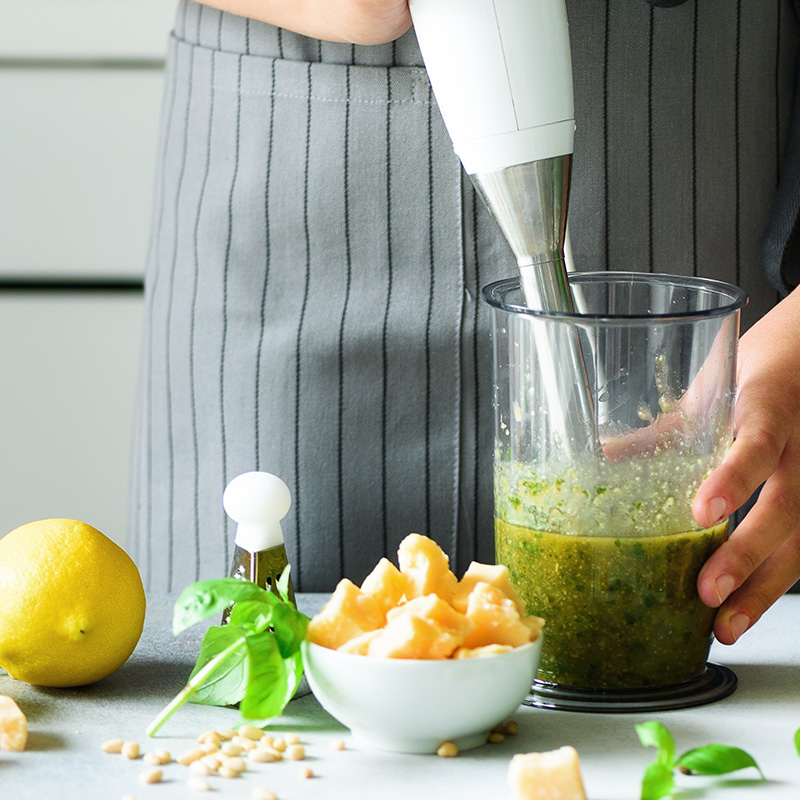
- Take apart and separate all removable parts – blades, etc.
- Hand wash the carafe and bowls using soapy water.
- Scrub the blades thoroughly.
- Dry everything.
- Wipe down and clean the appliance bases with water and dishwashing soap.
Coffee Maker
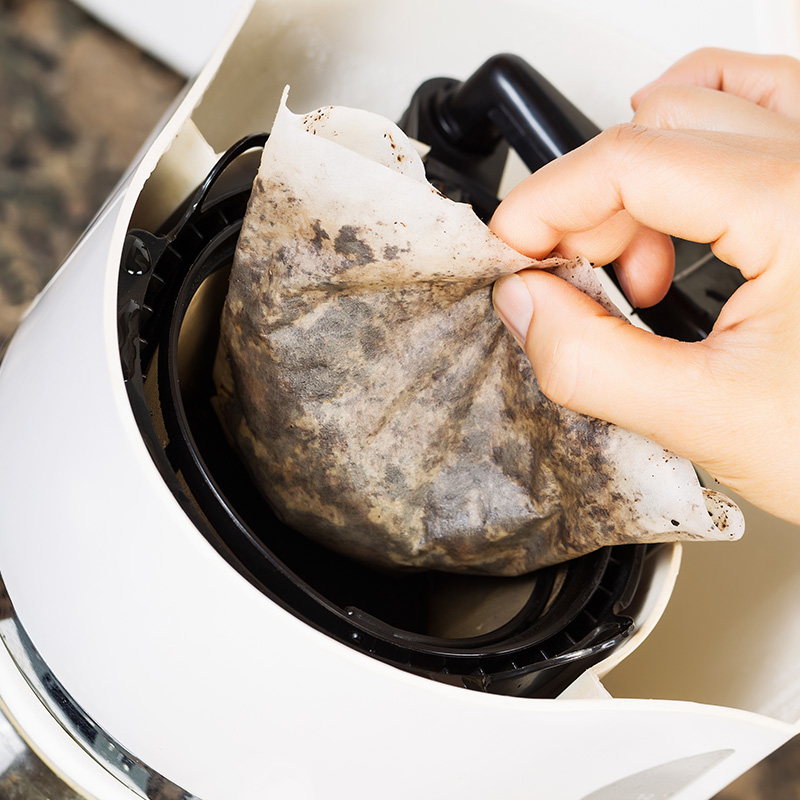
- Remove carafe and filter. Wash with warm soapy water.
- Descale water deposits. Add 2-3 cups water + equal amount of vinegar into the water chamber. Put the machine on brew stopping the machine about halfway through the cycle.
- Leave to sit for one hour and then turn back on to allow the machine to complete the cycle.
- Run plain water through the machine for two cycles.
- Wipe down outside of the machine with a cloth and gentle soap.
Dishwasher
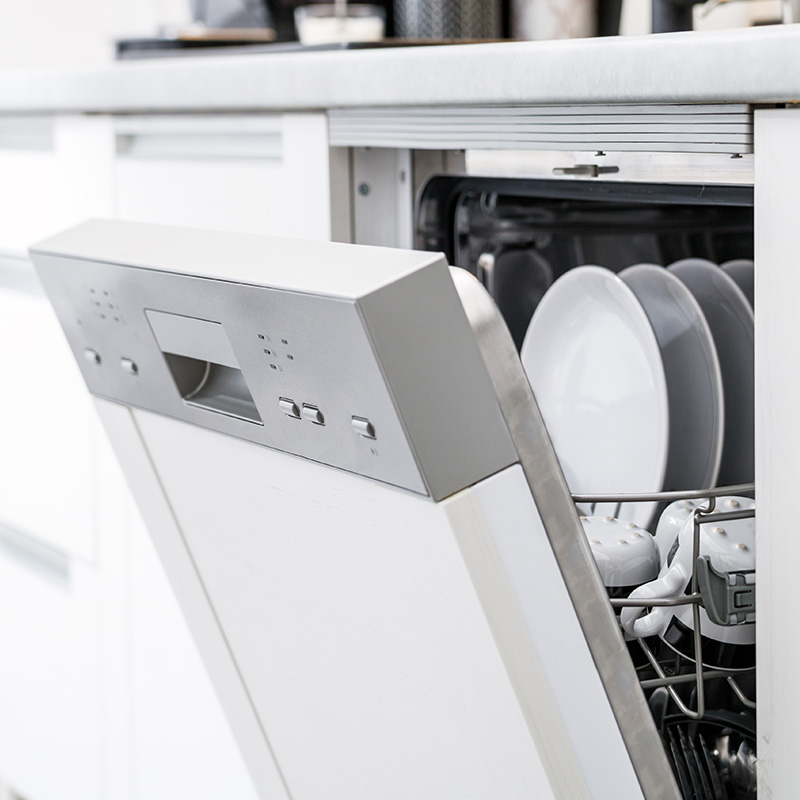
- Remove all the racks for holding the dishes. Clean the interior of the machine with a cloth and soap.
- Clean the racks in the sink, with warm water and soap. Paying particular attention to the wheels.
- Put vinegar into the detergent cup and run the machine through one cycle.
- Use the vacuum brush to dust the fan slats.
- Clean the door with soap and warm water.
- Dry with a microfibre cloth or terry towel.
Microwave
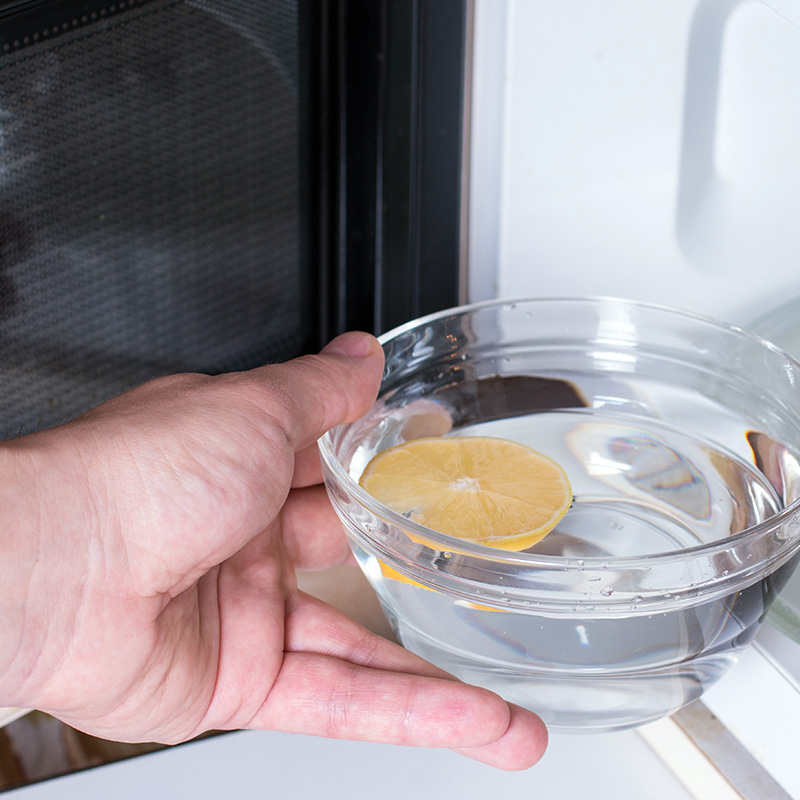
- Place a mug with water and a couple of slices of lemon in the microwave. Turn on and cook on high power for 3 minutes. This softens and stains and infuses the aroma of lemon in the machine.
- Remove turntable and wash in the sink with warm soapy water.
- Clean the interior and exterior of the machine with a cloth and a gentle soap.
- Rinse the soap from the exterior and interior with a clean cloth and water.
- Dry with a microfibre cloth or terry towel.
Refrigerator
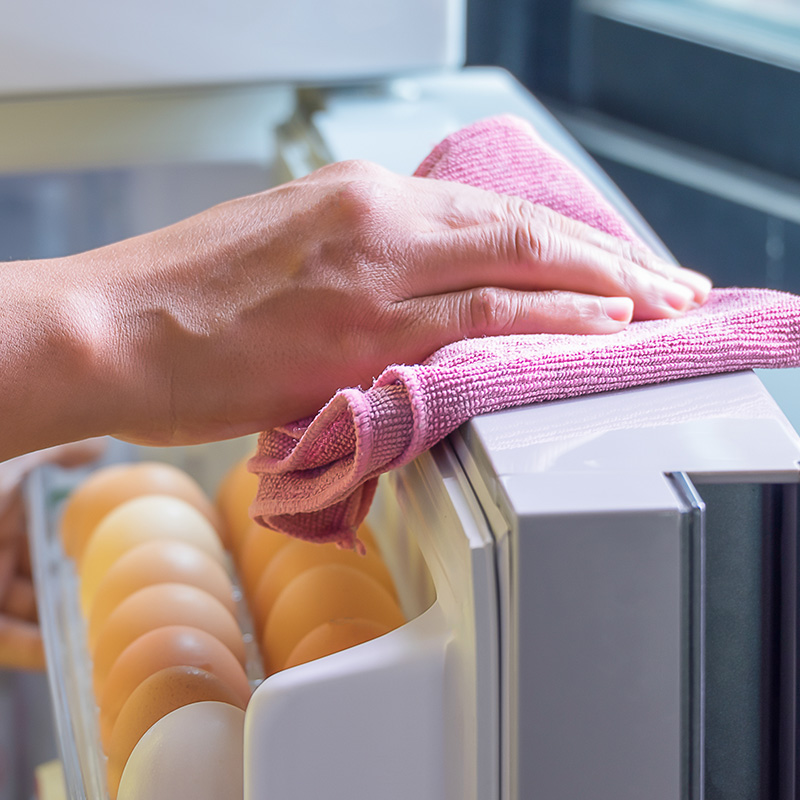
- This is best done when you don’t have a full refrigerator. Doing the clean before you do your weekly grocery shopping is a good idea.
- Firstly, take out all the food and turn off the refrigerator. Any food you don’t want to spoil you can put in a cool box while you clean.
- Put a container to catch any water that will drain from the defrosting freezer.
- Take out all the drawers and shelves. Wash them with warm water and soap in the sink. Or in the dishwasher.
- Dry them well with a microfibre cloth or terry towel.
- Once the freezer has defrosted and all water has drained away, clean the interior and exterior of the refrigerator. Use a clean cloth, and warm soapy water. Change the water frequently as needed.
- Use a toothbrush to get into the difficult to reach corners.
- Dry with a microfibre cloth or terry towel.
- Replace all the shelves and drawers.
- Turn the refrigerator back on and once the unit has cooled a little replace anything you had kept in the cool box.
Oven
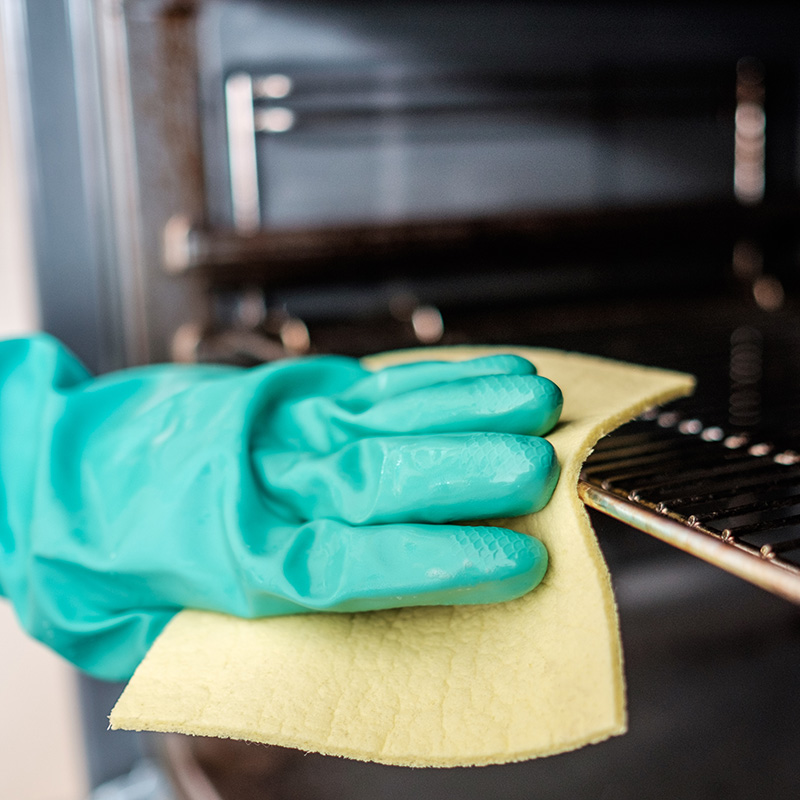
- Remove all the shelves. Place them to soak in warm soapy water.
- Clean them with a cloth.
- If needed scrub further with a heavy duty oven cleaner.
- While they are soaking you can apply oven cleaner to the interior and exterior of the oven. Don’t forget the handles and both sides of the doors.
- Leave the cleaner in place for 20-30 minutes.
- Then rinse the oven with a cloth and water. Removing the oven cleaner and grease.
- Dry with a microfibre cloth or terry towel.
- Replace all the shelves and drawers.
What Cleaner For Which Appliance?

For your microwave, you can put lemon in water, turn the microwave on to cook for 3 minutes. Then leave the lemon steam to work. You can do the rest of the job with regular dishwasher soap and water.
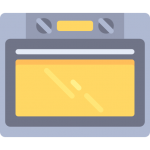
The oven is best tackled with special oven cleaners, ideally a non-toxic degreaser. You can also use an all-purpose cleaner if you don’t have a special one to hand. Leave the cleaner to soak, then later you can wash the soap and grease away, without breaking your back.
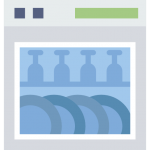
Use white vinegar to clean the dishwasher. Put the vinegar in the dishwater cup and run the machine.
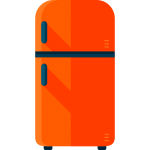
A good trick to get your refrigerator sparkling clean is to use 1 teaspoon of dish soap, 1 teaspoon baking soda and 4 cups of warm water. Use this mix to wipe down and clean the interior and exterior of the refrigerator.
Top Tips for Cleaning Appliances
- Clean your coffee grinder by grinding uncooked rice and then wiping clean.
- Run a 50/50 water vinegar mix through your coffee maker.
- Clean your food processor by putting water and a few drops of dishwashing soap inside, then blend the mixture for a few minutes. This is gentler than putting through the dishwasher.
- Use your old toothbrush when cleaning, they are great for getting into hard to reach corners.
- Clean your kettle by adding 50/50 water and vinegar. Boil, then leave overnight to soak.
Get Started!
Now that you have your game plan in place, all you need to do is get on and give your kitchen a thorough spring clean. Why not bribe the children into helping with a promise of their favorite dessert or cake as a reward. Once you have finished, you can enjoy the satisfaction of a perfectly sparkling kitchen.


